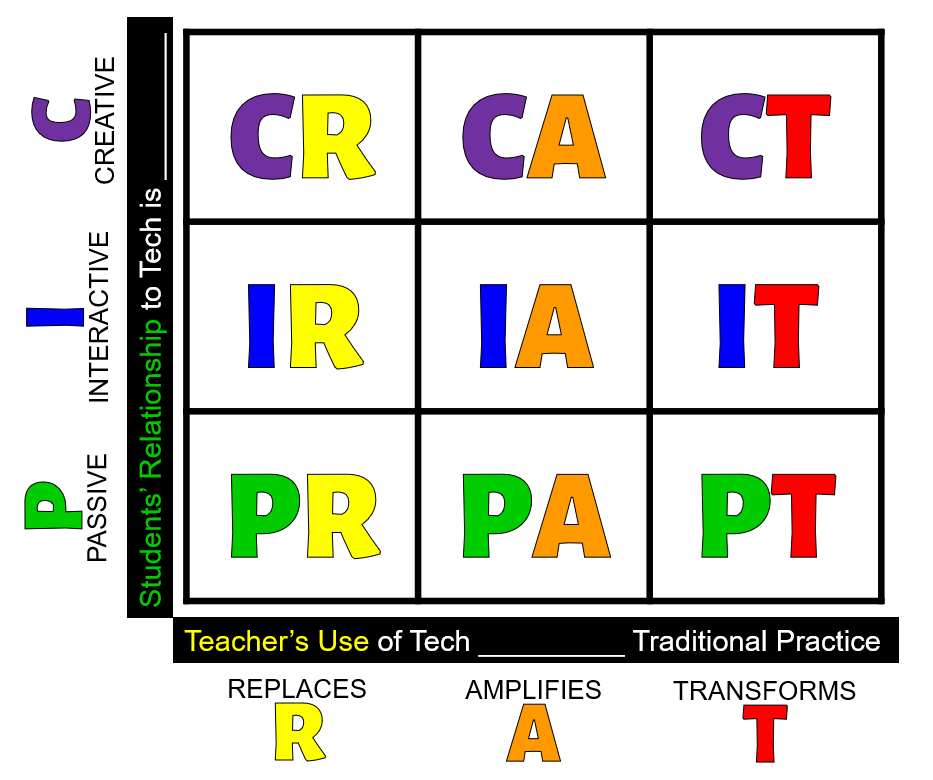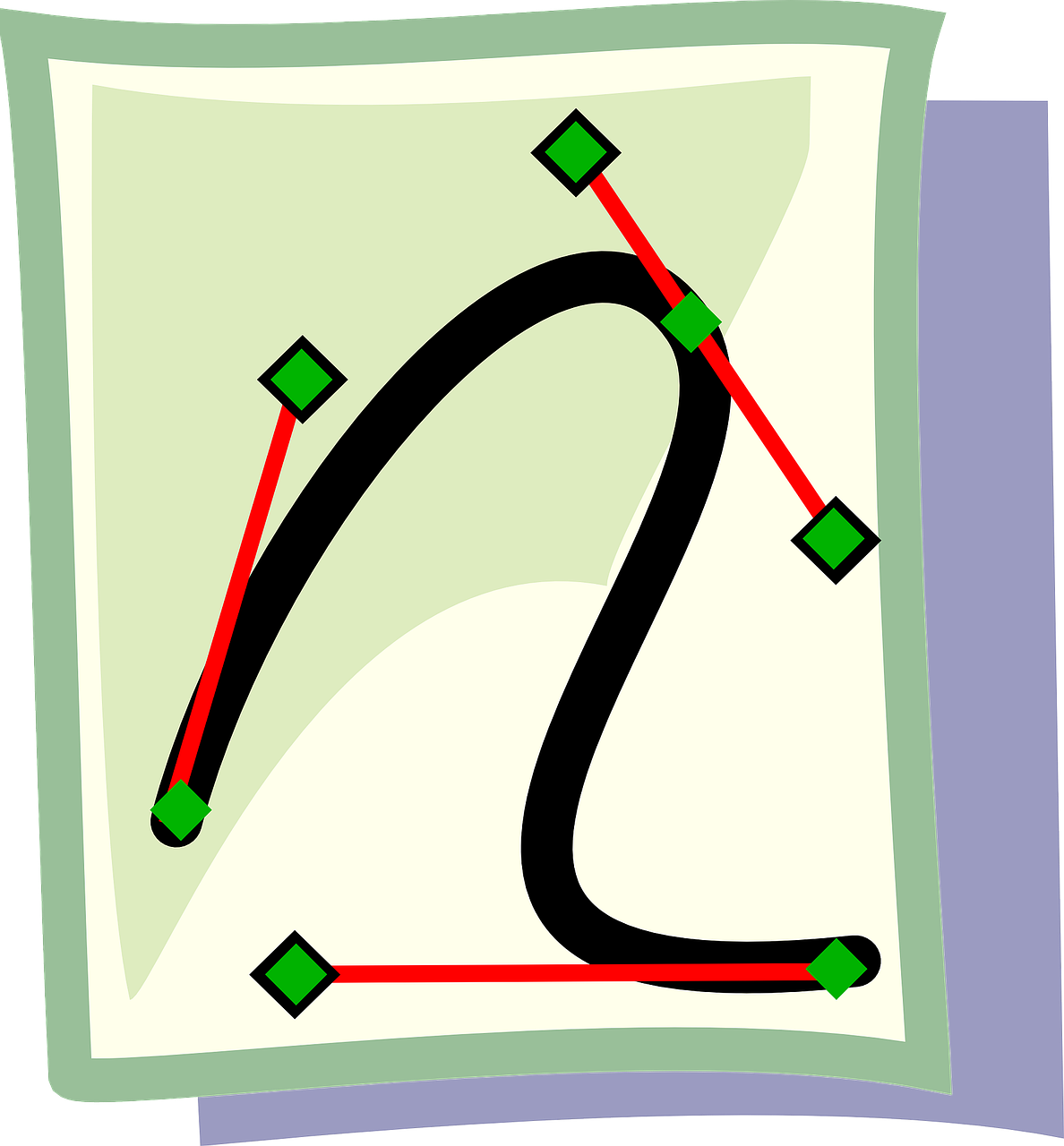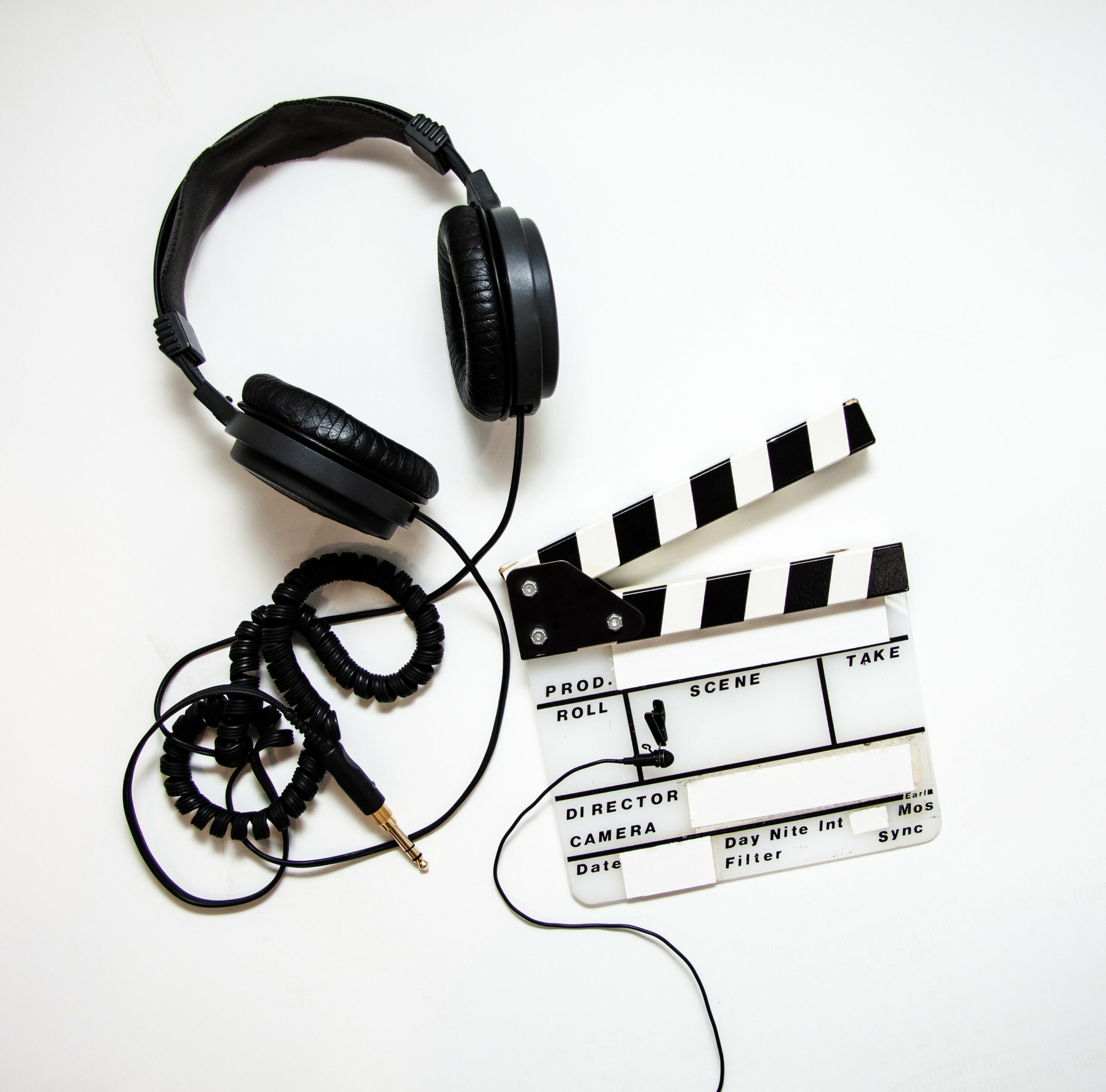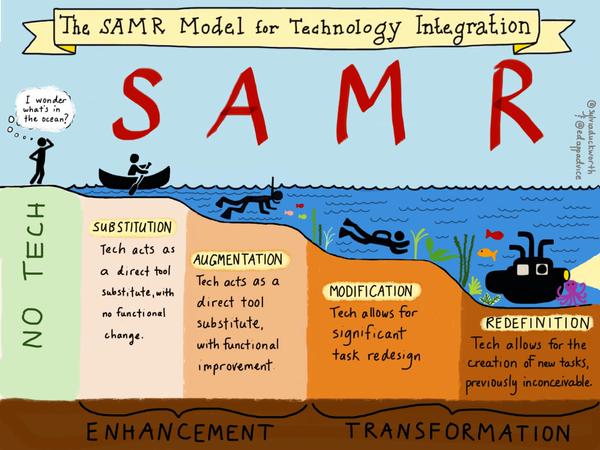Technology has many uses in our classrooms and is one tool among many. Technology while
a powerful and valuable tool cannot be the only tool we use. Much of what we do in math relies first on students having a solid concrete understanding of what they are doing, both number sense and operational sense. When we look at the sequences for learning new concepts proposed by leaders in math education like Jo Boler or Carol Fullerton they begin with the concrete with physical manipulatives in hands on collaborative activities before moving to paper pencil work and working with numbers. by jumping straight to technology even with virtual manipulatives we remove the opportunity for students to build their number sense and conceptual understanding. That being said used judiciously for practice technology can be a powerful tool for computational thinking, sharing our learning and supporting student thinking and understanding. When implementing technology, I try to consider the PIC RAT model and what the purpose of using technology in my classroom is. I admit I often sit in the first two columns for replacing and augmenting traditional practice
- What benefit or detriments could using technology for mathematics have on students?
- Benefits
- Digital manipulatives can be used anywhere
- Tools like flip grid or padlet allow students to share their responses to questions with each other and share their thinking
- Video tutorials can help in remote learning situations
- Sites like Mathletics allow opportunities for further practice
- Tools like OneNote and Forms allow us to collect assessment data and check for understanding
- Detriments
- Reliance on calculators
- Reliance on sites like wolfram alpha to solve problems
- Fewer opportunities for hands on practice
- How has that led to you taking this course?
- This is my final course in my post graduate certificate in Math Education. I chose the technology and math elective as I am my schools tech ambassador I thought this would be something that I could take back immediately to my classroom and school. During my teacher education year I was part of the personalized learning and technology cohort at UBC which lead to my initial interest in using technology in the classroom. Over the last 7 years I have been attempting to use technology in more meaningful ways in my classroom and to have students be creators of content rather than passive consumers.
- Benefits
- What grade levels do you feel should use technology for learning mathematics?
- I don’t think that it should be restricted by grade level, students should have a minimum level of comprehension of math and be able to demonstrate understanding with concrete manipulatives before using online tools. Technology can be used to support learning at all grade levels.
- What is a concern you have about using technology for learning math?
- Immediately jumping to using technology could lead to a disconnection between the concrete world and the concepts being learned. Technology needs to augment and support the learning but should come second to understanding that has been built in collaborative and hands on situations first.
- What previous experience have you had with using technology to teach?
- I use technology in some form daily from ipads to my laptop and smart board. Technology is part of daily practice in my classroom.
- Have you seen anything being used that has inspired you?
- This year I have had the chance to learn from my fellow Technology Learning Ambassadors. Something that has intrigued me is the use of green screens and making videos to represent learning. While I can easily see how this would fit in social studies, language arts or science I am wondering how using videos could be used in math.






